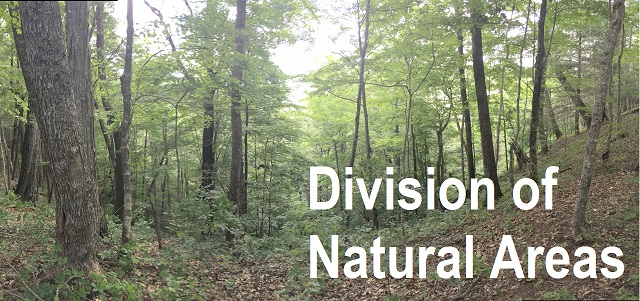Title
Fire and gap dynamics over 300 years in an old-growth temperate forest
Document Type
Article
Publication Date
4-2014
DOI
10.1111/avsc.12060
Abstract
Questions
What are the long-term patterns of wildfire occurrence and gap dynamics in an old-growth deciduous forest? Are there temporal patterns in fire and gap dynamics over the last ca. 300 yrs? How is drought related to fire occurrence? Are there temporal interactions between gap dynamics and fire?
Location
Lilley Cornett Woods Appalachian Research Station, Southeastern Kentucky, USA. LCW; 37°05′ N, 83°00′ W.
Methods
We cross-dated and analysed annually-resolved tree-ring data from 35 tree cross-sections in an old-growth deciduous forest to reconstruct historical fire and canopy disturbance and explore connections among these processes. Canopy disturbance patterns as indicated by tree growth release within this collection [fire history collection: (FHC)] were compared to cores from 26 trees collected in 1983 for the purposes of climate reconstruction [climate collection: (CC)].
Results
Initiation dates in the FHC ranged from ca. 1670 to 1925. Thirty-three fire scars were identified from 1678 to 1956. The mean interval between fire events was 9.3 yrs, and there were many more fires after 1800 than before that date. Gap dynamics, as reconstructed through growth release detection, were relatively constant through the FHC record and were supported by a similar result in the CC. The mean number of years between detected release events was 5.2 yrs. Many individual trees, and the mean growth chronology for the FHC, indicate that many oak trees exhibit growth release after long periods of suppression and, after a final release, exhibit a step-change in growth rate suggesting canopy accession.
Conclusions
Fire and gap dynamics occurred through much of the last ca. 350 yrs in this old-growth forest. There was not evidence to support that these two processes were temporally linked – gap dynamics were ostensibly independent of fire occurrence. Even so, we posit that these two processes may have a synergistic effect on long-term dynamics, wherein fire ‘filters’ the seedling pool and gap openings provide canopy accession opportunities. We also note several instances where release events are associated with stand-wide growth increases suggesting large-scale canopy accession. These events could influence the overstorey composition of the forest for centuries.
Recommended Citation
McEwan, R. W., Pederson, N., Cooper, A., Taylor, J., Watts, R. and Hruska, A. (2014), Fire and gap dynamics over 300 years in an old-growth temperate forest. Appl Veg Sci, 17: 312–322. doi:10.1111/avsc.12060



Comments
"We would like to express our thanks to the Division of Natural Areas at Eastern Kentucky University for allowing access to the research site, and student support that allowed for collection of the fire history samples. Thanks to Justin Price for assistance with sample collection and processing, and Julia Chapman for assistance with data analysis. Comments on the manuscript were provided by members of the McEwan lab group at the University of Dayton, including Julia Chapman, Jessica Davis, Charlie Jackson, Ellen Comes and Rachel McNeish. The manuscript was also greatly improved by editorial comments from Hugo Asselin, Christian Messier, Christian Zang and one anonymous reviewer. This is contribution number # 40 from the Lilley Cornett Woods Appalachian Ecological Research Station, Eastern Kentucky University." (p. 320)